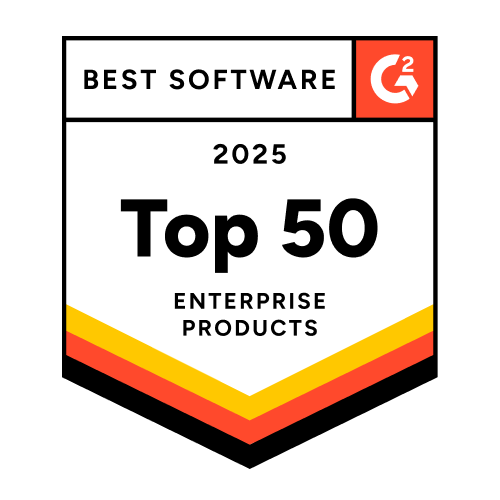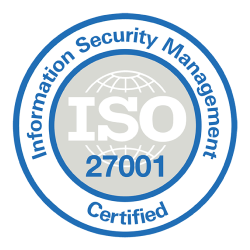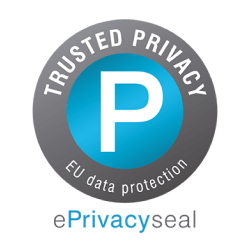Geofencing
Geofencing is a location-based marketing technique that triggers messages, such as push notifications or texts, when a person’s mobile device enters, exits, or stays within a defined geographic area. Using GPS technology, a brand can create a virtual boundary around a store, event, or street. Once a user with location access enters that area, they can receive personalized, relevant messages.
For example, if a customer walks near your flagship store, you could automatically send a special offer to their phone, provided they have opted in and granted location access.
Why use Geofencing?
- Deliver instant local offers that drive nearby foot traffic and can be tracked for redemption rate against store visits.
- Reduce wasted ad spend by triggering campaigns only for people who are physically nearby and most likely to convert, allowing you to measure ROI per geographic zone.
- Enhance customer experience by sending timely, relevant reminders or service alerts at exactly the right place, such as a push notification for click-and-collect items when shoppers approach your store.
Geofencing vs. Time-Based Targeting vs. Device-Only Targeting
| Feature | Geofencing | Time-based Targeting | Device-only Targeting |
| Autonomy | Triggers by entry or exit in a physical location | Schedules by clock/calendar | Shown based on device/user ID only |
| Context | Real-world context (store/venue proximity) | Only time context | App/browser context |
| Integration | Connects location data with messaging | API, calendar, CRM | Device/app settings |
| Learning | Tracks location engagement, enables area-specific optimization | Timing analysis | User/device behavior only |
| Example | Send coupon when shopper nears the store | Send a reminder at 10am | Show ad to Android users |
FAQs
Yes. Geofencing relies on GPS or Wi-Fi signals to determine when a user enters or exits a defined area. Users must opt in via app or browser permissions for campaigns to function.
Risks include inaccurate location detection due to signal interference, over-targeting users, and privacy concerns if opt-in is not clear. Clear messaging and boundary testing help minimize these risks. Best practices are outlined in our Customer Permissions glossary page.
Geofencing is most effective when linking offline locations like stores or events with digital actions such as push notifications or SMS offers. Purely online campaigns are better handled via behavioral segmentation or CRM automation. See our guide to Behavioral Segmentation for alternatives.












